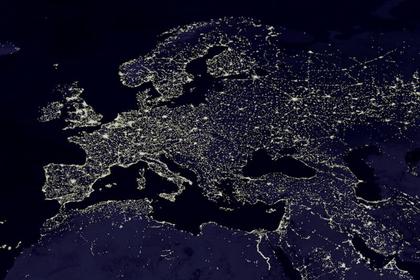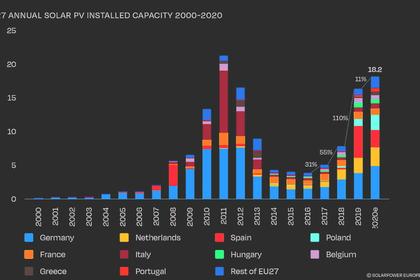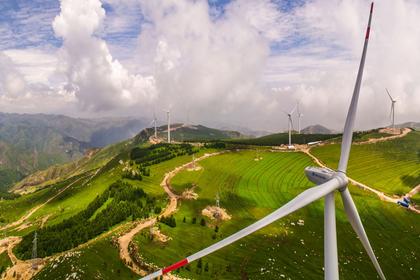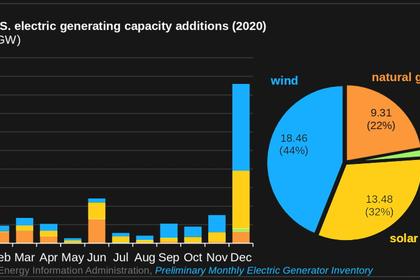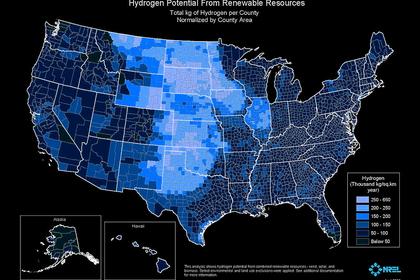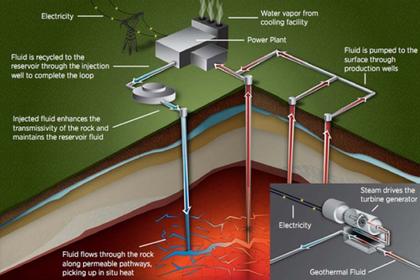
THREE KEYS FOR CLIMATE GOALS
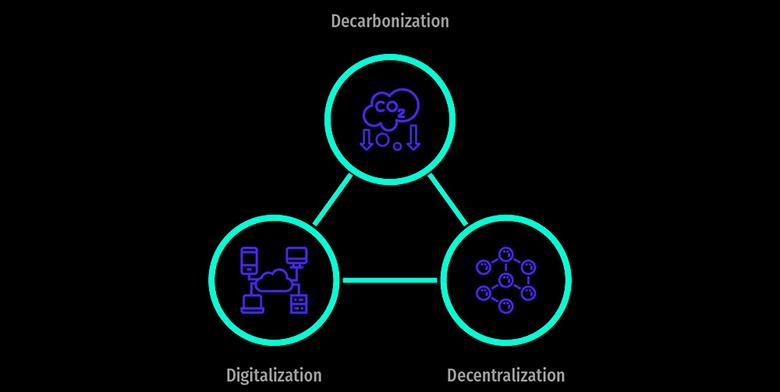
By Steph Fonteyn Digital Communications manager Depsys
ENERGYCENTRAL - Jan 4, 2021 - Today, we’re living in the middle of an energy revolution, and time is of the essence because the way we produce and consume energy is unsustainable. But who will be the superheroes of this revolution? The guardians of the infrastructure that we use to distribute the energy, of course. The grid operators. And, what will their superpower be?
By empowering grid operators with the power of visibility, they can facilitate the energy transition. So how does the power of visibility empower the grid operator, let alone accelerate the energy transition?
They say that powerful things come in small packages. And visibility, for grid operators, is no exception. It’s a small yet intelligent box that grid operators can plug and play in their networks, and it enables them to see what’s happening real-time in their grid. Magic? Not really. Smart? Definitely!
By using the function of historical reports, operators can rest assured that they’re making future proof and precise decisions about their grid, based on data-driven insights, helping them save the day and simplify the energy transition.
AS THE WORLD RECOVERS ECONOMICALLY FROM THE COVID-19 PANDEMIC, THE FOCUS IS INCREASINGLY ON SEIZING THE OPPORTUNITY TO MAKE IT A GREEN RECOVERY. IT’S EVEN AN EXPLICIT GOAL FROM THE EU COMMISSION.
Now, more than ever, it is time for us to collectively reach our CO2 reduction goals and favour scaling up renewable energy sources and clean energy technologies. There are three primary keys to achieving climate goals: decarbonisation, decentralisation and digitalisation.
DECARBONISATION:
One impactful way that we can tackle decarbonisation is through the electrification of transport. By increasing e-mobility fuelled by clean energies, we can significantly reduce CO2 emissions in the transportation sector, bearing in mind that the transport, manufacturing processes and building sectors account for 55% of the CO2 emissions from the energy system, according to IEA. Over the next two decades, energy efficiency and renewables are expected to contribute to around 70% of cumulative CO2 emissions savings, according to the 'Energy Technology Perspectives 2020' by IEA.
DECENTRALISATION:
Most of our clean energy (solar, wind) is produced in a decentralised manner based on local, mostly private, initiatives. “Solar is leading renewables to new heights across the globe“, says Dr Faith Birol the IEA’s Executive Director. Renewable electricity generation is expected to increase by nearly 7% and reach almost 30% of electricity supply globally in 2021 according to the Energy Technology Perspectives 2020 published by IEA. Choosing to fuel our consumption needs with ‘home-grown’ energy, or locally produced sources in the community help reduce our CO2 footprint.
“If the distribution grid infrastructure is not ready to handle the decentralised management of energy, then what will be the price we pay of unnecessarily slowing down the renewable energy revolution?” says Gordon Fairley, Sales Leader at depsys.
DIGITALISATION:
Digitalisation is all about the ability to “see” what’s going on in the electricity grid, and of making the right operational decisions based on reliable data. This approach to grid operations becomes the new foundation for securing the successful transition to cleaner, decentralised energies.
Digitalisation isn’t just about the technology; it’s also about shifting the organisation towards a data-driven mindset, where information is shared proactively across functions with the intent of improving business-level decisions.
“By 2025, 81% of the energy companies will have adopted artificial intelligence, reaping the numerous benefits of accelerated developments in this field and fast-tracking the clean energy transition” according to Eurelectric’s report in November 2020 - ’AI insights: the power sector in a post-digital age.’
Utilities, who manage the infrastructure required to produce and distribute the clean energy, play a fundamental role in ensuring that we can execute on these goals successfully.
But most of these utilities are blind today when it comes to knowing what is going on in their grid. And this is where the third D, digitalisation, comes in. Data intelligence such as GridEye, the flagship product of Switzerland-based depsys, helps utilities gain visibility and insights into the performance of their grids so that they can ensure successful integration and increase in renewable energies supplying the grid’s consumers.
This smart solution includes the quarterly sharing of “health check” reports that highlight key trends and grid anomalies for all the grid areas monitored by GridEye. The health checks are a free complement to depsys’ GridEye platform that gives ongoing, real-time status of the LV grid.
HOW 50% OF CUSTOMERS WHO DISCOVERED PREVIOUSLY UNKNOWN CRITICAL POINTS IN THEIR ELECTRICITY GRIDS ARE USING THIS NEW INFORMATION AND WHAT IT MEANS FOR THEM?
How does the health check help the heroes, the grid operators, accelerate the energy transition? Health check information makes it possible for the utilities to anticipate better and resolve grid issues such as voltage and current discrepancies, power quality events, and asset performance issues. They can anticipate growing problems, in such a way, that the quality of the electricity provision is never compromised, regardless of how much change they need to deal with.
THE REPORTS ARE SHARED AT OPERATIONAL AND EXECUTIVE LEVEL AT GRID OPERATORS: HOW THIS IS HELPING TO ACCELERATE DIGITALISATION THROUGHOUT THE UTILITIES.
Reporting insights helps accelerate digitalisation throughout the utilities in two ways. First, by making grid operators aware of grid problems that they didn’t know about improves the ongoing stability of the electricity grid. Second, the reports contribute to the digitalisation of the utilities by building the foundation for the required data-driven culture – and a mindset shift in the approach do operational decision-making processes.
Functional leaders and senior management within the utilities get a snapshot of the quarterly performance of the parts of their grid which is monitored, helping them evolve their processes and decision-making precision. As a result, utilities can focus on building the right digitalisation capabilities where it matters most, and in turn, become heroes of the energy transition.
-----
This thought leadership article was originally shared with Energy Central's Energy Collective Group. The communities are a place where professionals in the power industry can share, learn and connect in a collaborative environment. Join the Energy Collective Group today and learn from others who work in the industry.
-----
Earlier:
